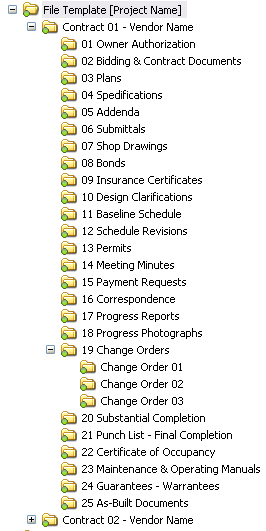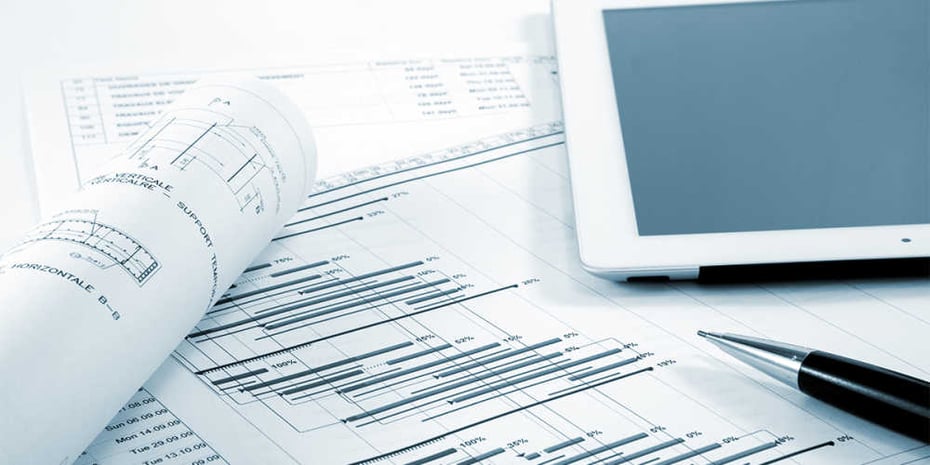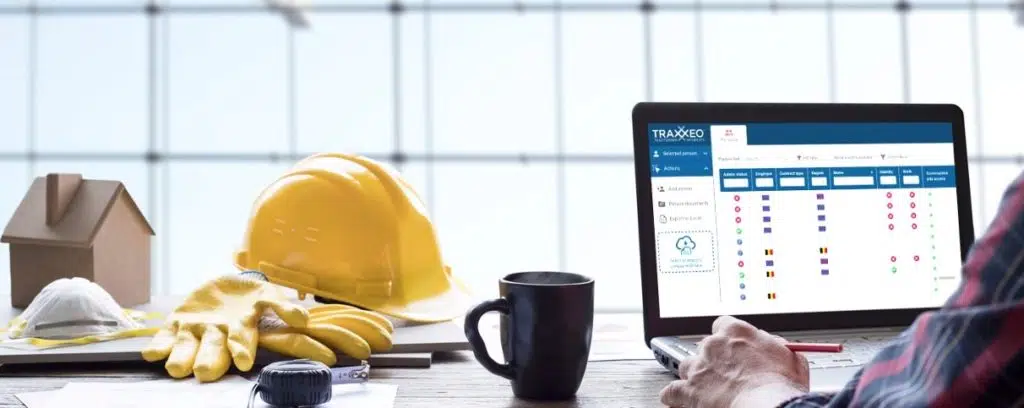Engineer's Guide to Streamlining Construction File Administration for Effective Task Implementation
In the detailed globe of architecture and building and construction, the effective monitoring of task documentation stands as a keystone for success. Architects are tasked with juggling a myriad of illustrations, records, requirements, and contracts, all essential parts for bringing a job to fruition. The process of organizing, sharing, and preserving these files can usually become a labyrinth of inadequacies and troubles if not handled carefully. By exploring organized methods, cutting-edge tools, and market best methods, architects can not only streamline their file administration procedures however also lead the method for much more efficient task execution. Allow's browse through the key techniques and services that can change how designers deal with construction documents, making sure jobs are delivered with accuracy and timeliness.
Relevance of Reliable Document Management
Effective file management is crucial for engineers in the building and construction industry as it plays a crucial duty in making sure the successful implementation of tasks. Appropriate organization and monitoring of these documents are necessary to preserve job timelines, ensure compliance with guidelines, and assist in efficient communication among job stakeholders.

Reliable file management makes it possible for designers to gain access to important details immediately, track job progress precisely, and mitigate threats linked with noninclusions or mistakes. By carrying out structured paper management processes, architects can boost cooperation with clients, specialists, and various other employee, resulting in improved project results and client satisfaction.
Additionally, efficient record administration assists designers keep a comprehensive project history, enabling them to utilize past experiences and lessons learned for future projects. In today's hectic building market, where prompt decision-making and details sharing are vital, effective document administration is a cornerstone for success.
Strategies for Simplifying File Organization
Effective paper monitoring practices not just guarantee job success for architects in the building and construction market yet also lay the foundation for applying strategies for streamlining record company. To enhance paper company efficiently, designers ought to first establish a clear naming convention for data and folders. Uniformity in calling files based upon task stages, paper types, and pertinent info will certainly assist in easy access and minimize confusion.
Utilizing cloud-based storage options can additionally improve document organization by supplying a centralized place for all project-related files - construction document management. This allows employee to access the most updated records from anywhere, promoting partnership and performance. Carrying out variation control systems better fine-tunes paper organization by tracking changes, preventing contrasting edits, and making sure that the most recent versions are constantly offered
Additionally, developing a logical folder structure with designated subfolders for different paper classifications, such as drawings, contracts, and specifications, can streamline record management processes. Routinely reviewing and purging redundant or outdated data will aid keep a lean and orderly file repository, ultimately boosting efficiency and job results.
Leveraging Technology Tools for Partnership
In the realm of modern-day design, engineers are significantly relying on sophisticated technology tools to foster smooth cooperation among job stakeholders. Leveraging innovation for cooperation simplifies communication, boosts effectiveness, and boosts general project outcomes. Cloud-based platforms such as BIM 360 and Procore enable real-time accessibility to task records, making it possible for customers, architects, and specialists to collaborate effectively no matter their physical place. These devices help with concurrent editing, version control, and instantaneous updates, decreasing delays and mistakes brought on by miscommunications.
Online style and building (VDC) software program like Revit and AutoCAD Style make it possible for designers to create in-depth 3D models that can be shared and edited collaboratively. This real-time partnership boosts style accuracy, visualization, and coordination, causing better decision-making throughout the task lifecycle. In addition, communication tools like Slack and Microsoft Teams supply immediate messaging, documents sharing, and video conferencing capabilities, promoting seamless interaction amongst employee and stakeholders.
Ensuring Precision and Version Control

Reliable version control also assists in taking care of document approvals and making certain that only licensed employees make adjustments. Designers must develop clear procedures for recording adjustments, consisting of timestamps and customer identification, to develop an audit route for responsibility. Routinely connecting with the job group about version updates and modifications is vital to avoid complication and preserve placement throughout the building process.
Ideal Practices for Record Sharing and Access
Having actually established a durable system for variation control in building paper administration, architects can now focus on optimizing paper sharing and gain access to techniques to enhance cooperation and effectiveness among project stakeholders. Among the click site very best techniques for efficient paper sharing is to use cloud-based platforms. These platforms supply real-time access to project records, making it possible for employee to see, modify, and comment on data concurrently. By systematizing files in a cloud atmosphere, architects can guarantee that all stakeholders are functioning with one of the most updated details.
Additionally, executing role-based access control is important for maintaining information safety while assisting in partnership. Designating different approval degrees to team members makes certain that delicate info is just obtainable to accredited workers. On a regular basis upgrading gain access to permissions based upon job demands and team adjustments is important for preserving information stability.
Integrating job administration software with record sharing platforms can also enhance process. This integration permits seamless interaction, job tracking, and file management within a solitary interface, lowering the need to switch over between numerous tools. By following these ideal methods, engineers can create a much more efficient and collective record sharing setting, ultimately causing successful task execution.

Final Thought
In conclusion, effective building paper administration is important for successful task implementation. By executing techniques for company, leveraging innovation tools for collaboration, making certain accuracy and version control, along with following ideal methods for file sharing and accessibility, designers can streamline their operations and enhance total job efficiency. Focusing on these aspects of record administration will certainly cause smoother project implementation and better end results for all stakeholders included.
Efficient paper management is necessary for architects in the building and construction industry as it plays an essential role in making sure the successful execution of tasks. construction document management. Proper organization and monitoring of these files are essential to preserve task timelines, guarantee conformity with regulations, and assist in reliable communication amongst task stakeholders
Effective paper management practices not just ensure job success for architects in you can try these out the building market however additionally lay the foundation for executing strategies for simplifying paper company. One key technique is developing a centralized record repository where all group members can access the most current versions of drawings, specifications, and other project files.Having established a robust system for variation control in look at more info building and construction record monitoring, architects can now concentrate on optimizing document sharing and access methods to boost collaboration and efficiency amongst task stakeholders.